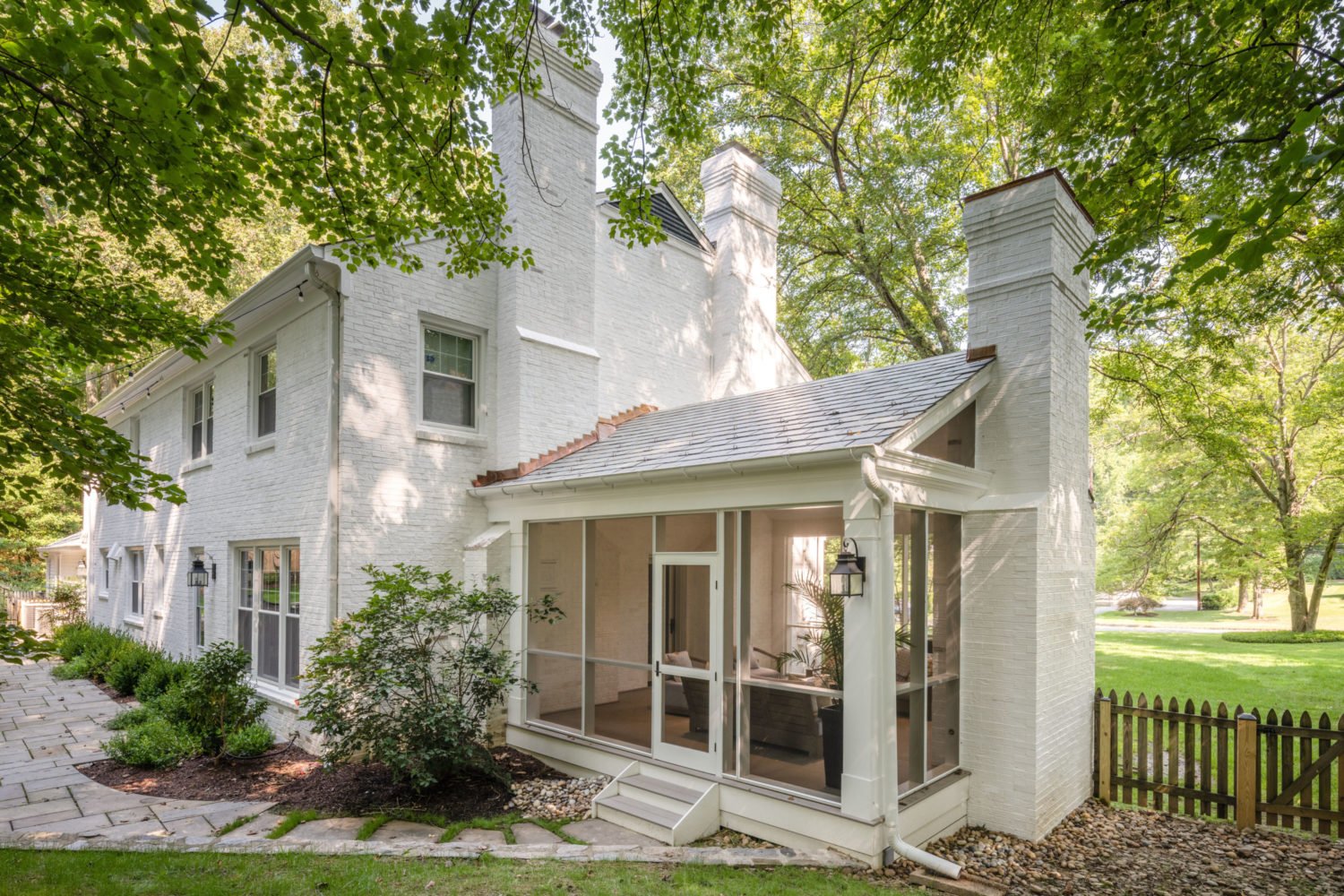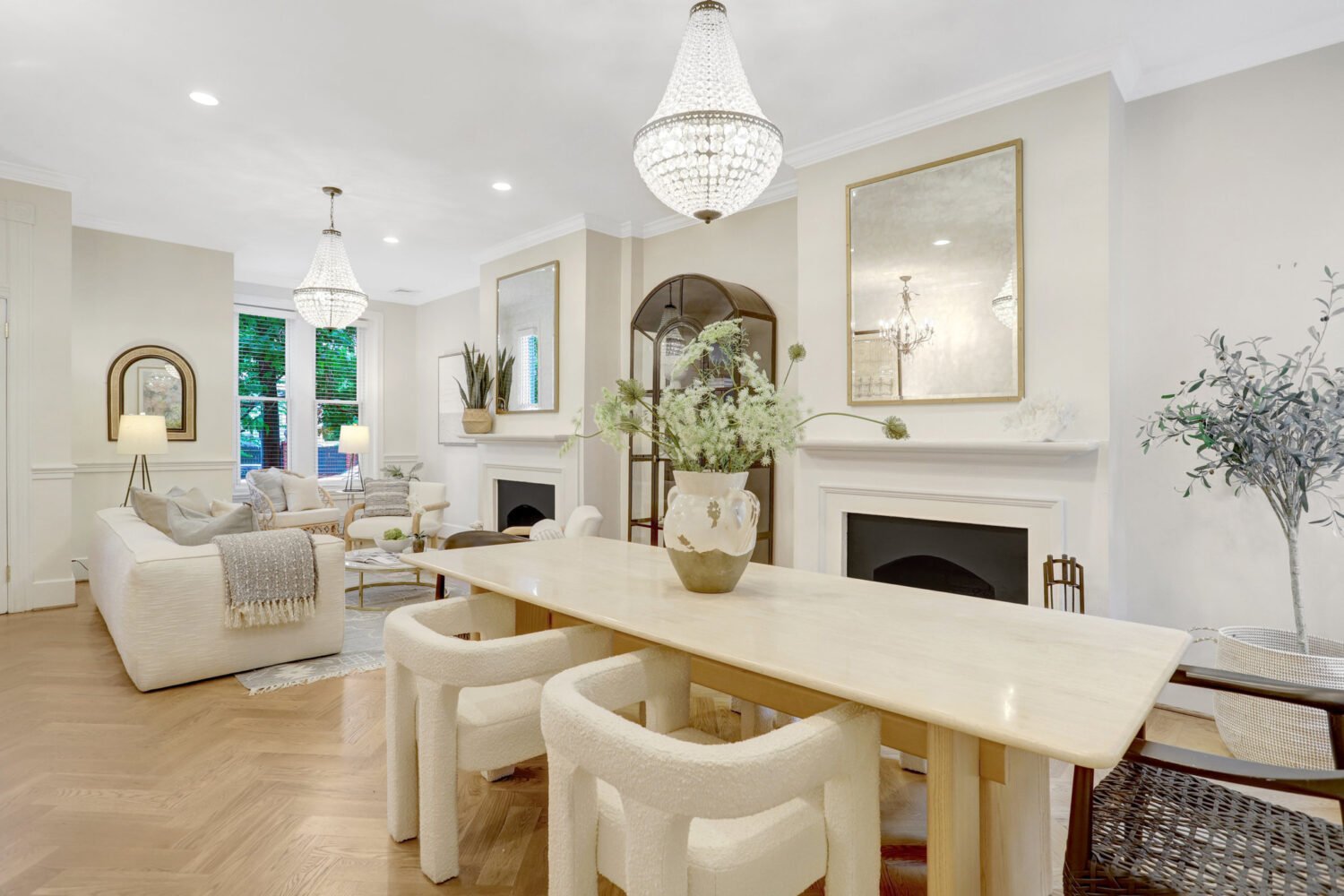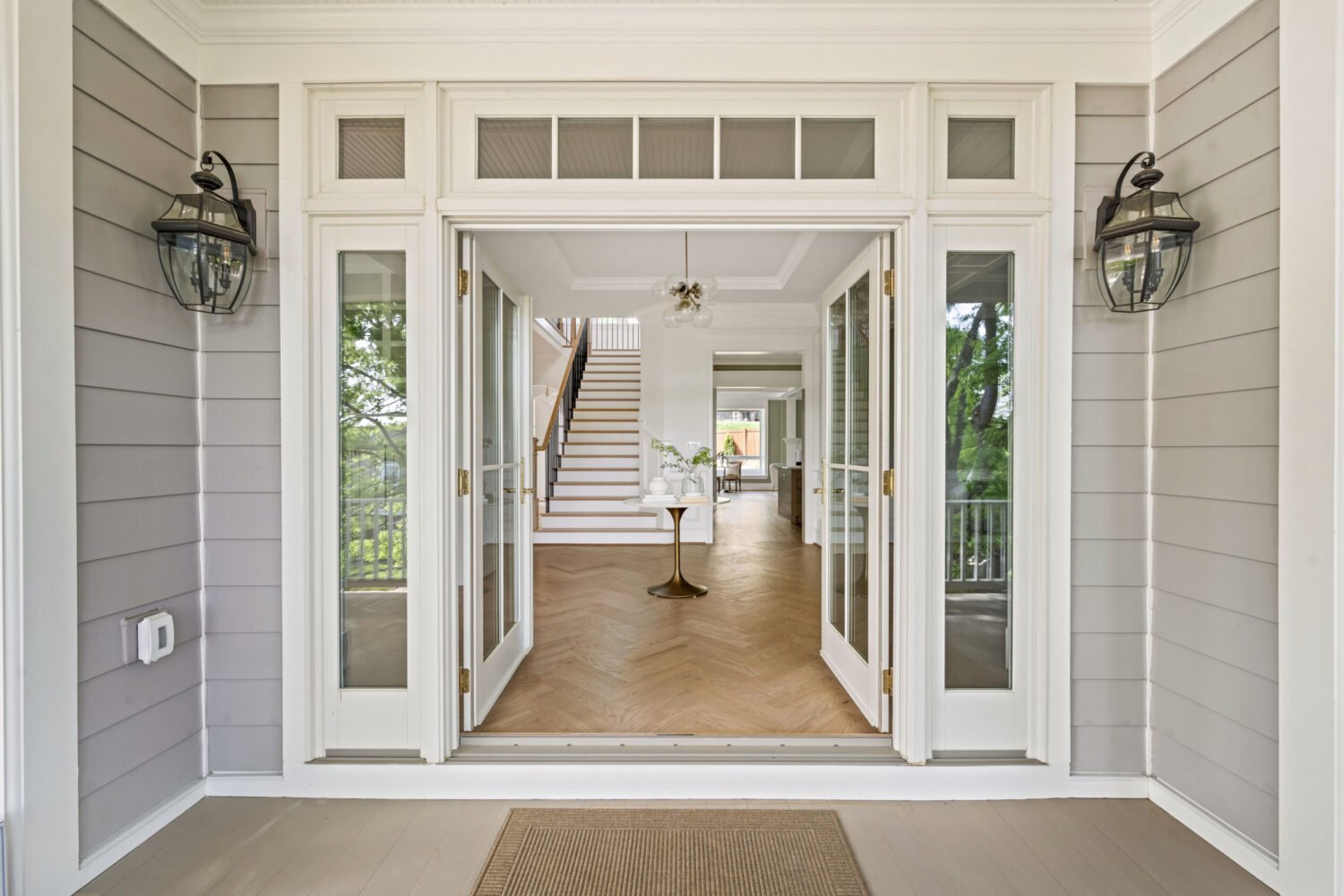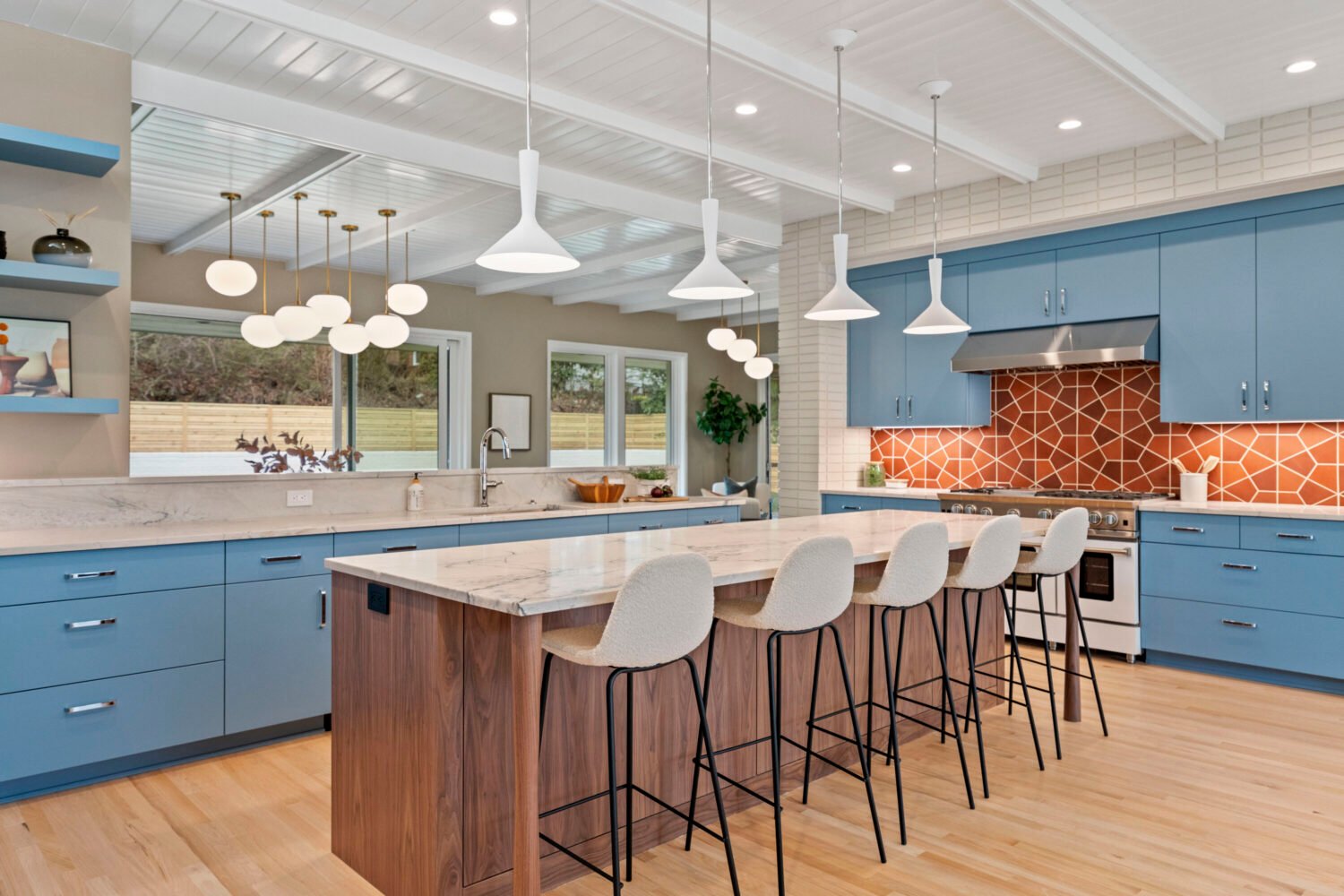Prospective home-buyers probably don’t need to be reminded that it gets more expensive every year to own property in Washington. But a new report from real-estate website Trulia on how much a typical middle-class family needs to buy a house suggests that while it’s tough, it’s far better here than in other big metropolitan areas.
The report finds that 62 percent of homes in the Washington area are within reach of households earning the median annual income, measured at $88,233 in 2012, according to the US Census Bureau. Washington isn’t as affordable for middle-class households as Chicago, where 70 percent of homes are affordable, but it’s far more egalitarian than Seattle (53 percent), Los Angeles (23 percent), or New York (25 percent). The San Francisco metropolitan area, predictably, is the least welcoming toward middle-class buyers, with only 13 percent of homes within the range of what median earners can scrape together.
Trulia defines a home as affordable for a middle-class buyer if the annual total for monthly mortgage payments is no more than 31 percent of a purchaser’s yearly earnings, assuming a 4.4 percent 30-year fixed rate after putting down 20 percent. That comes out to about $27,350 for people in Washington’s median salary range.
But breaking down Trulia’s findings just a bit reminds that buying a home in the area is still incredibly difficult for many, if not most. While 62 percent of homes on the market are affordable for people making the regional median, it gets much tougher for those with less education. People earning the median salary for someone with a bachelor’s degree can scope out 75 percent of the market, but for people who have only some college experience or just a two-year degree, that figure drops to 47 percent. People who have only completed high school or less can only afford 25 percent of homes on the market.
There are stark geographic breakdowns, too. Prince George’s County is the most affordable, with 85 percent of homes there within middle-class means, but in the District itself, median earners can only reach 44 percent of the housing market. The numbers get even slimmer in Northern Virginia’s close-in suburbs. Outlying Prince William County is more favorable, but people who live there but work closer to DC often trade lower home prices for higher transportation costs.

Trulia’s conclusions are fairly dismal. Although Washington isn’t nearly as bad as New York or California, the middle class here should not expect much relief, even with a recent slowdown in the local real estate market. And of the two easiest ways Trulia identifies as creating more affordability, one is undesirable and the other is unlikely when housing units in Washington are routinely snapped up within days of hitting the market.
“For America’s most expensive housing markets to become significantly more affordable, they would need either a spectacular drop in demand—a local economic collapse, for example—or a dramatic increase in housing supply,” Jed Kolko, Trulia’s chief economist, writes in a blog post presenting the data.


















